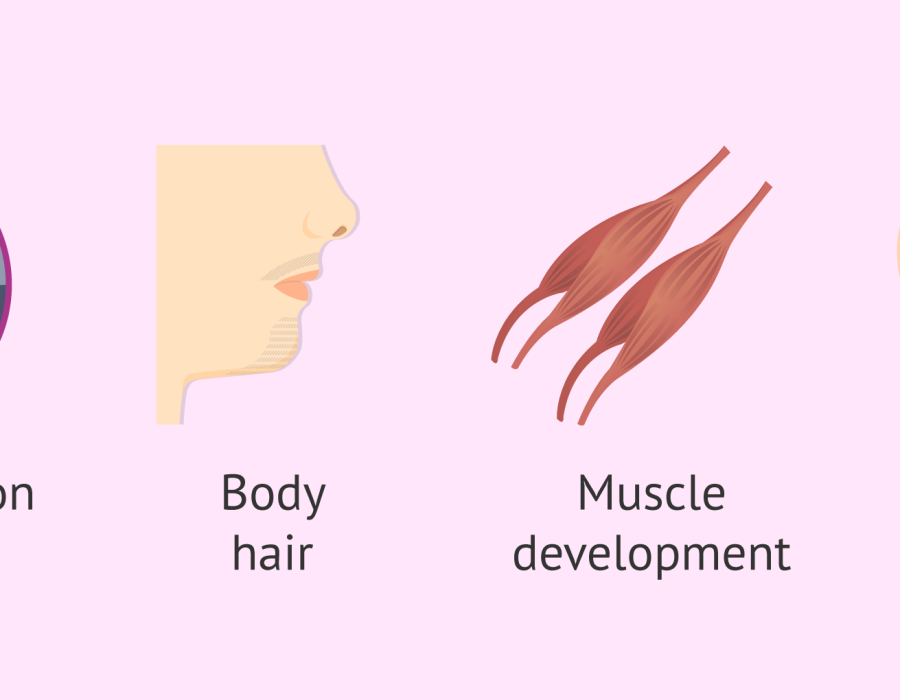Low testosterone levels, also known as hypogonadism, can manifest through various signs and symptoms in men. These can affect multiple aspects of physical and mental health. Here are the key signs and symptoms to watch for:
Physical Signs:
- Decreased Libido (Sex Drive):
- One of the most common symptoms of low testosterone is a reduced interest in sex and decreased libido.
2. Erectile Dysfunction:
- Men with low testosterone may experience difficulty in achieving or maintaining erections, which can impact sexual performance.
3. Fatigue and Decreased Energy Levels:
- Low testosterone can contribute to feelings of fatigue, decreased energy levels, and a general sense of lethargy.
4. Loss of Muscle Mass and Strength:
- Testosterone plays a crucial role in maintaining muscle mass and strength. Men with low levels may notice a decrease in muscle mass despite regular exercise.
5. Increased Body Fat:
- Low testosterone levels can lead to an increase in body fat, particularly around the abdomen. This change in fat distribution can contribute to a more feminine body shape (gynecomastia).
6. Decreased Bone Density:
- Testosterone helps maintain bone density. Low levels can lead to osteoporosis or brittle bones, increasing the risk of fractures.
Emotional and Mental Symptoms:
- Mood Changes:
- Low testosterone can contribute to mood swings, irritability, and even depression in some men.
2. Difficulty Concentrating:
- Some men with low testosterone may experience difficulty concentrating or focusing, along with memory problems.
3. Sleep Disturbances:
- Insomnia or other sleep disturbances can be associated with low testosterone levels.
Other Symptoms:
- Reduced Facial and Body Hair:
- Testosterone is responsible for the growth of facial and body hair. Low levels may result in sparse or thinning hair.
2. Hot Flashes:
- Although more commonly associated with women during menopause, men with low testosterone levels may also experience hot flashes.
3. Decreased Semen Volume:
- Testosterone plays a role in semen production. Low levels can lead to a reduction in semen volume during ejaculation.
When to See a Doctor:
If you or someone you know experiences several of these symptoms, especially the physical signs like decreased libido, erectile dysfunction, fatigue, or changes in body composition, it’s essential to consult a healthcare provider. A simple blood test can determine testosterone levels and help diagnose any underlying issues. Treatment options, such as testosterone replacement therapy, may be recommended based on the severity of symptoms and overall health status. Early diagnosis and management can often improve quality of life and overall health outcomes for men with low testosterone levels.





Comments